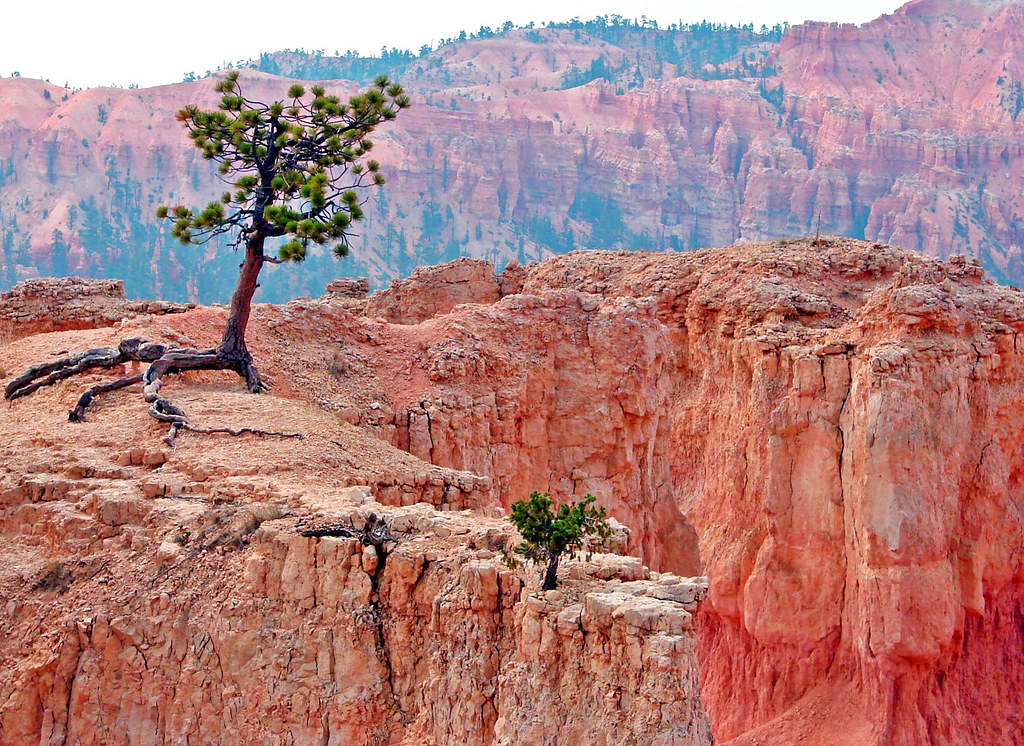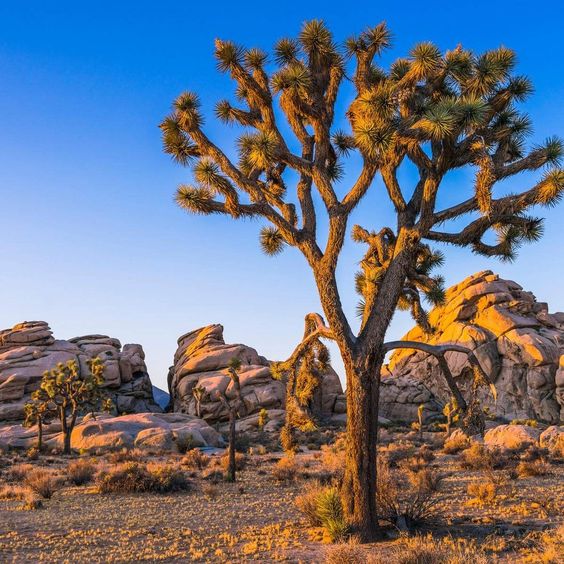Even though the desert is often considered harsh and unforgiving, it is home to various lives. Each species has changed in its way to survive the harsh conditions of the desert.
Among these hardy people, desert trees, which come in many different species, stand as sentinels. They provide essential ecosystem services and have shown much strength in the face of extreme temperatures, limited water supplies, and the test of time.
Still, the question remains: Which desert tree can survive the most challenging conditions? In this article, we’ll go on a trip to learn about the fascinating world of desert trees.
But before diving deep into the content, check out our previous blog on the different varieties of desert tree names to create a deep knowledge of this context.
Let’s explore the strongest trees in the desert now.
The Desert Tenacious Trees

Many kinds of trees exist in the world’s deserts, like the Sahara in Africa, the Sonoran in North America, and the Atacama in South America.
Each species has its strengths and ways of surviving. It’s hard to say which desert tree is the strongest because there are so many different types of plants and animals.
However, several of the contenders show fantastic resilience.
Changes that Helped Animals Live

Desert trees are vital not only because of how they are built but also because of how well they have adapted to the harsh conditions of the desert.
1. Strong Roots: Many desert plants, like the mesquite and ironwood, have developed deep-reaching root systems that look for groundwater. Deep roots give plants support, access to water, and the ability to survive prolonged periods of drought.
2. Water Storage: Some desert trees, like the Joshua tree, store water in their thick, fleshy stems or leaves. During dry times, this is a significant source of water.
3. Reduced Leaf Surface: Deserted trees often have small or changed leaves, making water evaporate harder. Some trees, like the Palo Verde, even have bark that turns sunlight into energy without using much water.
4. Drought Tolerance: These trees have changed over time to survive prolonged periods of drought by going dormant or dropping their leaves to save water.
5. Heat Resistance: Desert trees have developed particular tissues and waxy coats that help protect them from too much heat and sunlight.
Trees in The Desert that Can Be Strongest
In the world of desert trees, where staying alive is an art form, a few standouts show how strong and flexible they can be. Because deserts are so different, it’s hard to say which tree is the “strongest.” However, some species that have adapted to dry conditions have won our respect for how hard they work. Among these candidates are:
1. Saguro Cactus or the Carnegiea Gigantea
The Saguaro cactus is a well-known sign of the Sonoran Desert because of its towering heights, long life (often more than 150 years), and unique ability to store large amounts of water.
2. Yucca Brevifolia or the Joshua Tree
The Joshua tree, which gets its name from its distinctive, spiky shape, symbolizes the Mojave Desert because it can survive extreme temperatures and adapt to harsh circumstances.
3. Date Palm or the Phoenix Dactylifera
The date palm has been grown in desert areas for hundreds of years because its fruit is sweet and good for you. It can grow well in dry areas because its deep roots store water.
4. Olneya Tesota or the Desert Ironwood
The desert ironwood is a sign of strength in the Sonoran Desert, where it stands up to the harsh conditions of arid landscapes and is known for its dense trees, not just in their traits but also in their ability to survive and grow in the harsh environment of desert habitats.
Conclusion
In the vastness of the desert, where life seems unlikely, desert trees stand out as the titans of nature, showing how well they can adapt and last. It’s hard to say which tree is the “strongest,” but desert trees are vital not only because of their appearance but also because they can live and grow despite everything.
These hardy trees are more than just survivors; they are also vital to the health of arid ecosystems because they provide shade, food, and protection for a wide range of desert life. Their long-lasting presence shows how powerful nature is and how life can survive in some of the most challenging places on Earth.
Frequently Asked Questions
Can Desert Plants Live without Water Sources for Long Periods?
Yes, many trees in the desert have changed to survive long times of drought. They have developed ways to save water, like dropping their leaves, going into hibernation, or slowing down their metabolism. It helps them stay alive until it rains again.
Do Desert Plants Help Their Ecosystems in Any Way Besides Their Survival?
Yes, dry trees are significant to their ecosystems. They give shade and protection to many animals, help birds build their nests, and feed many animals with their leaves and fruits. Also, their roots stabilize the earth and help stop it from washing away.
Are There Attempts to Save Desert Trees and The Places They Live?
Conversation efforts often try to protect whole desert trees in a roundabout way. Efforts are being made to protect natural habitats, fight desertification, and encourage sustainable land management so that these famous desert species can live on.

